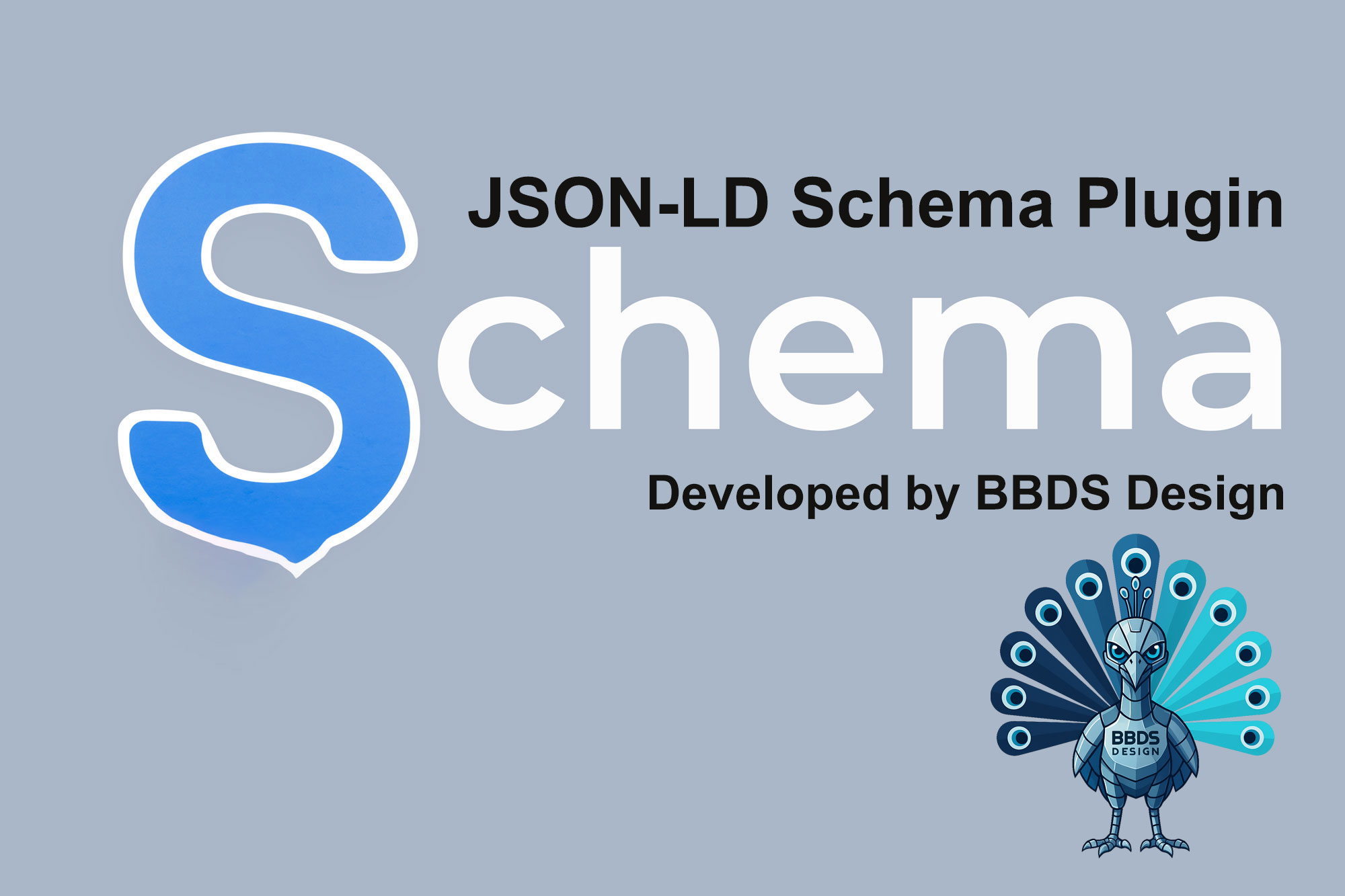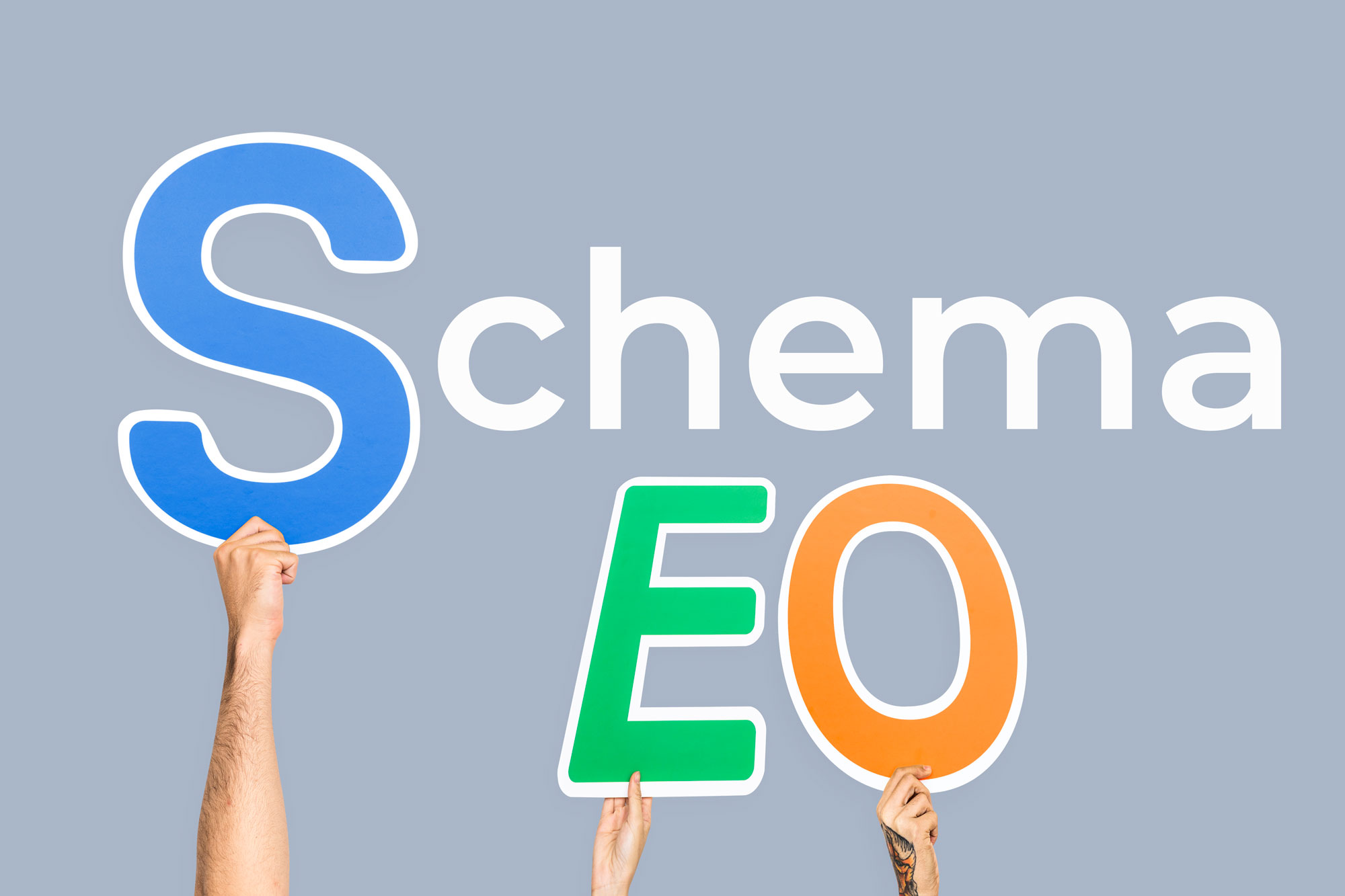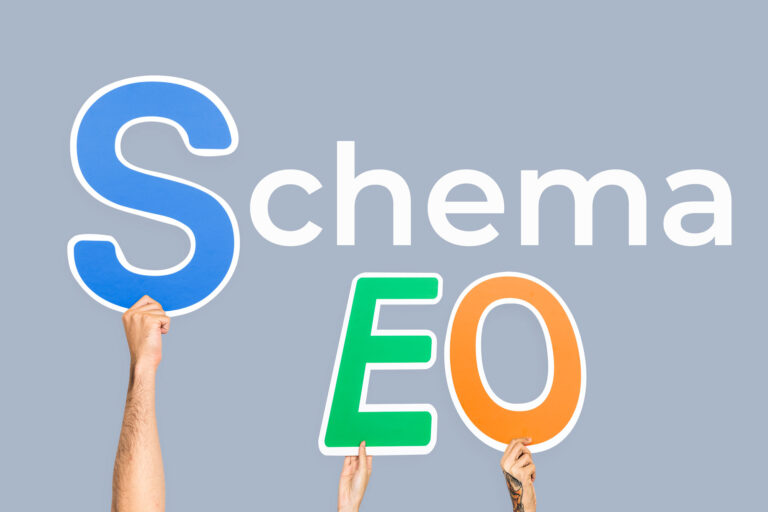Welcome to Module 4! We will guide you through selecting the right website platform and building their first essential business website. In the digital age, your website isn't just an online brochure; it's often the first impression potential customers have of your business. It's your 24/7 salesperson, customer service representative, and brand ambassador all rolled into one. This module will equip you with the knowledge and tools to create a powerful online home for your business, even if you're starting from scratch.
Throughout this module, we'll introduce you to the AI Prompt Lab. This is your dedicated space to Learn by Prompting, a crucial skill for today's entrepreneur. You'll find specific, copy-and-paste prompts designed to leverage artificial intelligence as your creative partner and strategic assistant, helping you accelerate your progress and elevate your work. Get ready to build a website that not only looks great but also works hard for your business!
This content requires a membership. Please signup here or Login









